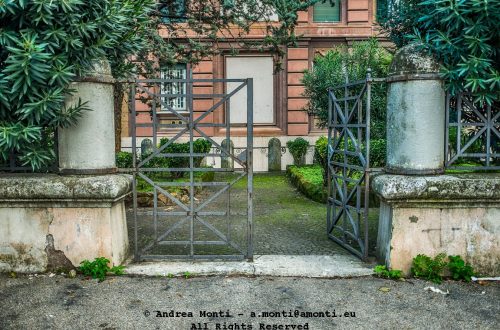
(Not so) Intelligent Design
A white hand dryer, sleek and sterile, is mounted firmly on a tiled wall. Below it dangles a single electric cable, ending uselessly in an unplugged RJ connector. There is no socket in sight. No conduit, no power. Just absence. The image is clean, quiet—and absurd.
The title, Intelligent Design, delivers a sharp, dry irony. It borrows from the vocabulary of creationist theology to highlight a mundane failure of basic planning. What was meant to be functional is, quite literally, disconnected. In this unassuming scene, the promise of utility is contradicted by execution. The dryer, meant to dry hands, is impotent. The infrastructure, meant to enable function, is missing.
Photographically, the composition is minimalist. The grey tiles form a grid-like backdrop, almost clinical, and the limp, powerless cord becomes the accidental protagonist. There’s no chaos here—just a sterile kind of failure, frozen and precise.
This is not merely about poor craftsmanship. The photo becomes a visual metaphor for bureaucracy, for systems designed without forethought, for institutional blindness. It is about the illusion of order when logic is absent. It is, in the end, an icon of dysfunction passed off as structure—an ‘intelligent design’ that forgot the current.




